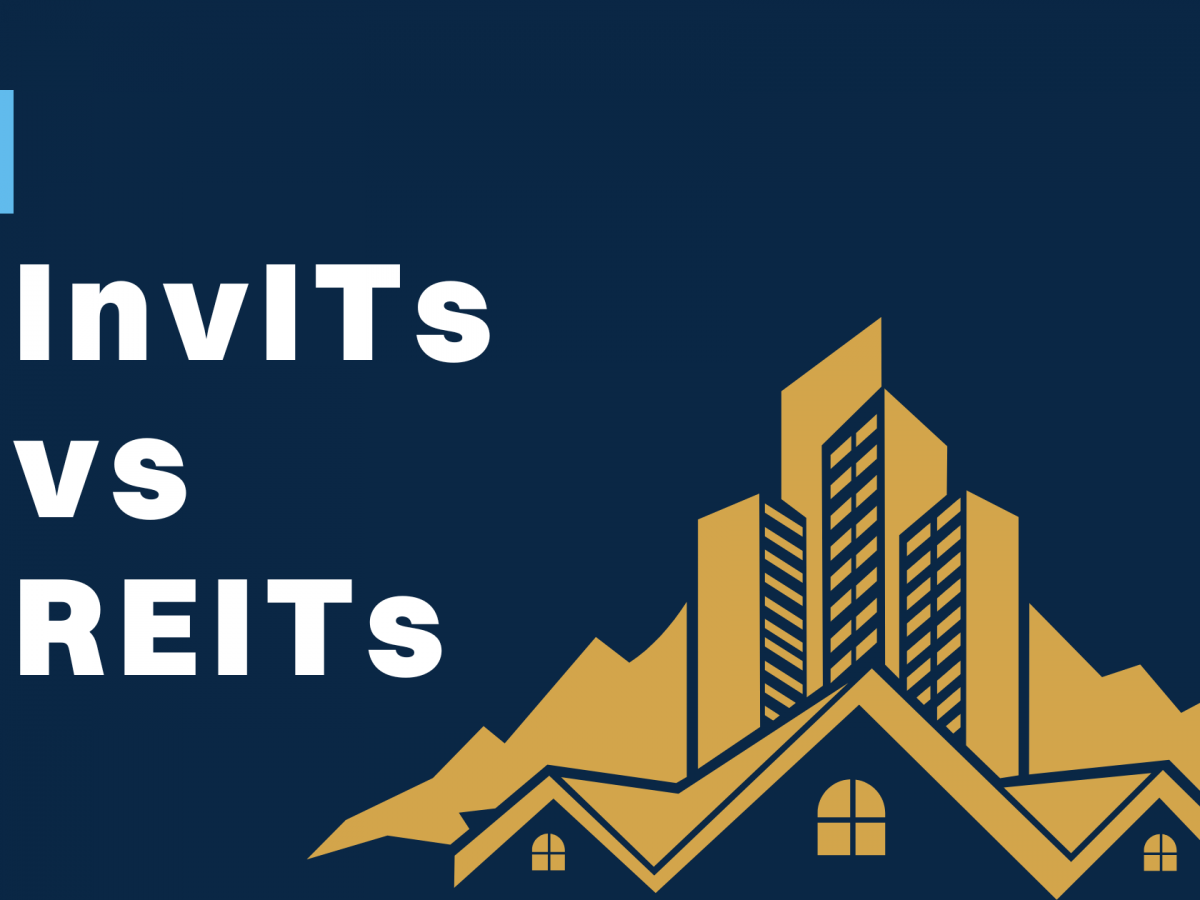REITs vs. InvITs: Where Should You Invest in 2025? – A Complete Expert Guide by Urvik Consulting
The Indian investment ecosystem has undergone a massive transformation in the last five years. Investors are no longer limiting themselves to fixed deposits, mutual funds, or gold. Instead, they are exploring transparent, regulated, and cash-flow–generating asset classes like REITs (Real Estate Investment Trusts) and InvITs (Infrastructure Investment Trusts).
As India’s economy gears up for a decade of infrastructure expansion and commercial real estate consolidation, both REITs and InvITs are emerging as powerful investment tools—previously accessible only to institutional investors. Today, retail investors can participate in multi-crore assets with small ticket sizes and enjoy quarterly payouts, diversification, and stability.
At Urvik Consulting, our goal is to help investors understand how these instruments work, who they are suitable for, and which one offers better potential in 2025.
Table of Contents
What Are REITs? A Deep Dive into India’s Commercial Real Estate Investment Vehicle
A REIT is a professionally managed trust that owns, operates, or finances income-producing commercial real estate. Instead of buying a physical office space worth crores, investors can buy REIT units and earn rental income in proportion to their investment.
Types of Real Estate Covered by REITs
- Grade-A office spaces
- Retail malls
- Hotels and hospitality assets
- Warehousing and logistics parks
- Data centers (rising segment)
In India, 80% of REIT assets must be operational and income-producing. This ensures steady rental income, predictable cash flows, and low volatility.
The three listed REITs in India—Embassy REIT, Mindspace REIT, and Brookfield India REIT—together manage over 100+ office buildings, thousands of tenants, and millions of sq ft of workspace.
Why REITs Are Becoming a Preferred Investment in 2025
- Consistent Quarterly Dividend Payouts: SEBI mandates 90% income distribution.
- Stable Tenants: MNC tenants with long leases ensure reliable rent flow.
- Potential for Capital Appreciation: Grade-A properties in prime markets appreciate over time.
- Hedge Against Inflation: Rentals often include annual 5–15% escalations.
- Higher Liquidity: Listed REITs trade actively on NSE & BSE.
For investors seeking a low-volatility asset with predictable returns, REITs are one of India’s most dependable investment vehicles in 2025.
Also Read: Thane Metro Impact on Property Prices: Why 2025 is the Right Time to Invest
What Are InvITs? India’s Fastest Growing Infrastructure Investment Platform
An InvIT works similarly to a REIT but invests in infrastructure projects. Instead of office rentals, InvITs earn money through usage-based or annuity-based income.
Assets Typically Owned By InvITs
- Toll highways and expressways
- Power transmission lines
- Renewable energy parks
- Telecom infrastructure (fiber grids, towers)
- Gas distribution pipelines
These are long-term national assets that generate high-yield recurring income.
Popular InvITs include:
- IRB InvIT (Roads)
- India Grid Trust (Power Transmission)
- PowerGrid InvIT
Why InvITs Are Gaining Attention
- Offer higher yields compared to REITs
- Income tied to infrastructure demand—stable even in economic fluctuations
- Long-term government-backed contracts
- Strong alignment with India’s ₹111 lakh crore National Infrastructure Pipeline
As India invests heavily in expressways, renewable energy, and logistics, InvITs stand at the center of the nation’s growth engine.
REITs vs. InvITs: A Deep Comparison for 2025 Investors
Below is a more descriptive, practical comparison:
1. Type of Assets
- REITs: Income-producing commercial real estate.
- InvITs: National infrastructure spanning roads, power grids, and renewable projects.
2. Stability of Cash Flows
- REIT cash flow = rent from corporate tenants → stable.
- InvIT cash flow = toll collections, transmission fees → depends on traffic, government policies, and demand.
3. Return Potential
- REITs → balanced returns (income + appreciation).
- InvITs → higher income but lower appreciation.
4. Risk Factors
- REIT risks: Lease expiries, economic slowdowns, tenant exits.
- InvIT risks: Traffic volatility, regulatory tariff changes, asset maintenance cost.
5. Ideal For
- REITs: Low–medium risk investors seeking steady income.
- InvITs: Medium–high risk investors seeking superior yields.
6. Liquidity
- REITs have higher trading volume → easy to buy/sell.
- InvITs are less liquid due to niche audience.
7. Taxation
- Tax structure varies based on type of income (dividend/interest), but both are regulated under SEBI’s strict compliance framework.
Who Should Invest in REITs? – Urvik Consulting Recommendation
Choose REITs if you value:
- Stable quarterly payouts
- Exposure to premium office real estate
- Lower volatility in returns
- Long-term wealth creation
REITs suit:
- Salaried individuals
- Conservative investors
- Retirees seeking steady income
- First-time real estate investors
Who Should Invest in InvITs? – Urvik Consulting Recommendation
Choose InvITs if you prefer:
- Higher yields
- Infra-led growth stories
- Government-backed long-term contracts
- Predictable cash flows with moderately higher risk
InvITs suit:
- Investors seeking higher income
- Diversifiers wanting non-equity, non-real-estate assets
- Long-term wealth planners
- Investors with medium-high risk appetite
Final Verdict: REITs vs. InvITs – Which Is Better in 2025?
There is no one-size-fits-all answer. It depends on your goals.
If you want stability + capital appreciation → Choose REITs
If you want high yield + long-term infra exposure → Choose InvITs
Both are powerful investment tools especially in India’s evolving economic landscape. At Urvik Consulting, we recommend building a balanced portfolio with both REITs and InvITs, depending on your risk tolerance.
These instruments allow retail investors to benefit from India’s booming real estate and infrastructure sectors—without the hassles of property maintenance or heavy capital investment.

